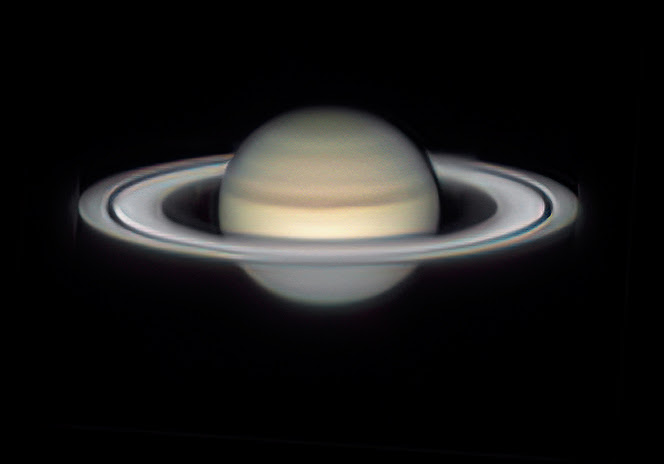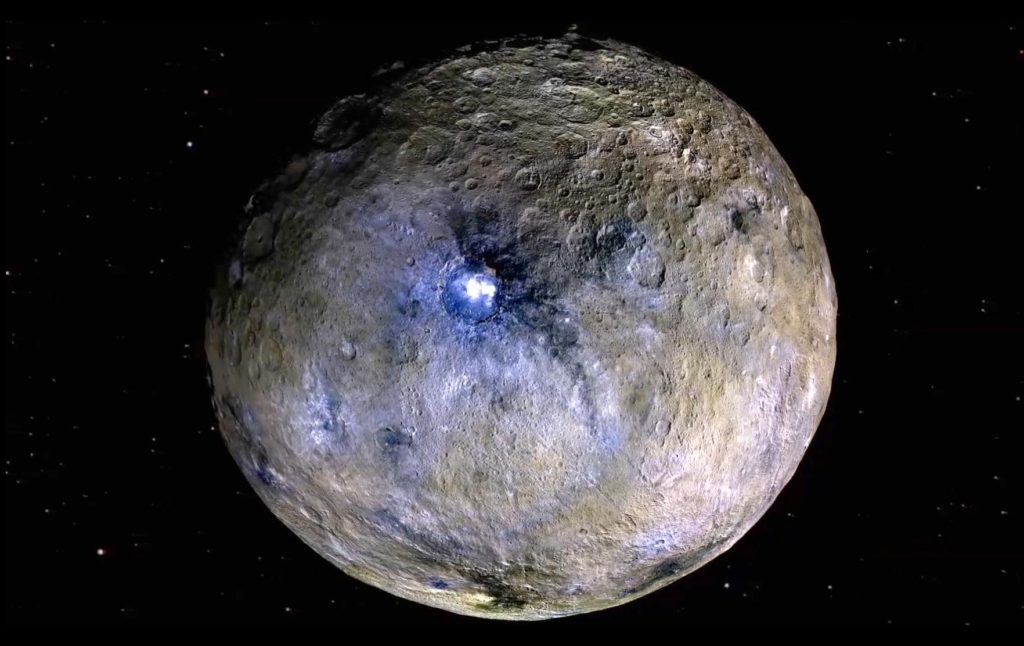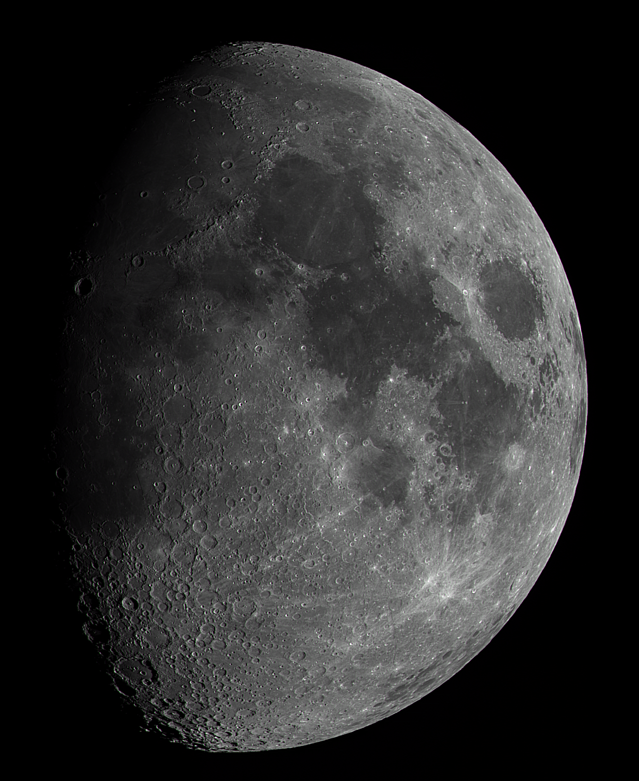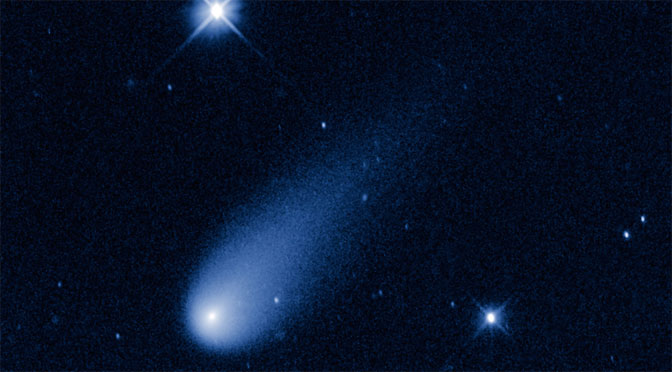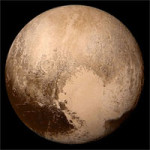By Erich Karkoschka

Mercury is well visible in the west around 7 pm until the 13th. A telescope shows its crescent shape. It passes Venus 7 degrees to the south on the 8th.

Venus is an evening star until the 19th and a morning star starting on the 21st. It moves 8 degrees north of the ecliptic. No other major planet gets so far from the ecliptic. It shows a 60 arc-second wide crescent during the second half of March. Unlike the lunar crescent, it wraps around the disk more than half way around. During this time, the illuminated fraction gets down to one percent.
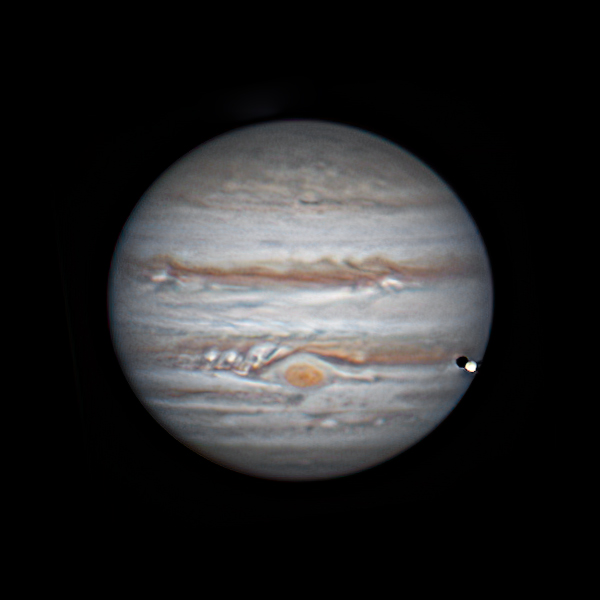
Jupiter is high in the southwest during early evening. It is slowly separating from Aldebaran.

Mars at zero magnitude transits 83 degrees high around 8 pm. It slowly passes Pollux. Its disk of 10 arc-second diameter still shows good detail in a telescope.

Uranus is still visible in binoculars 6 degrees south of the Pleiades.
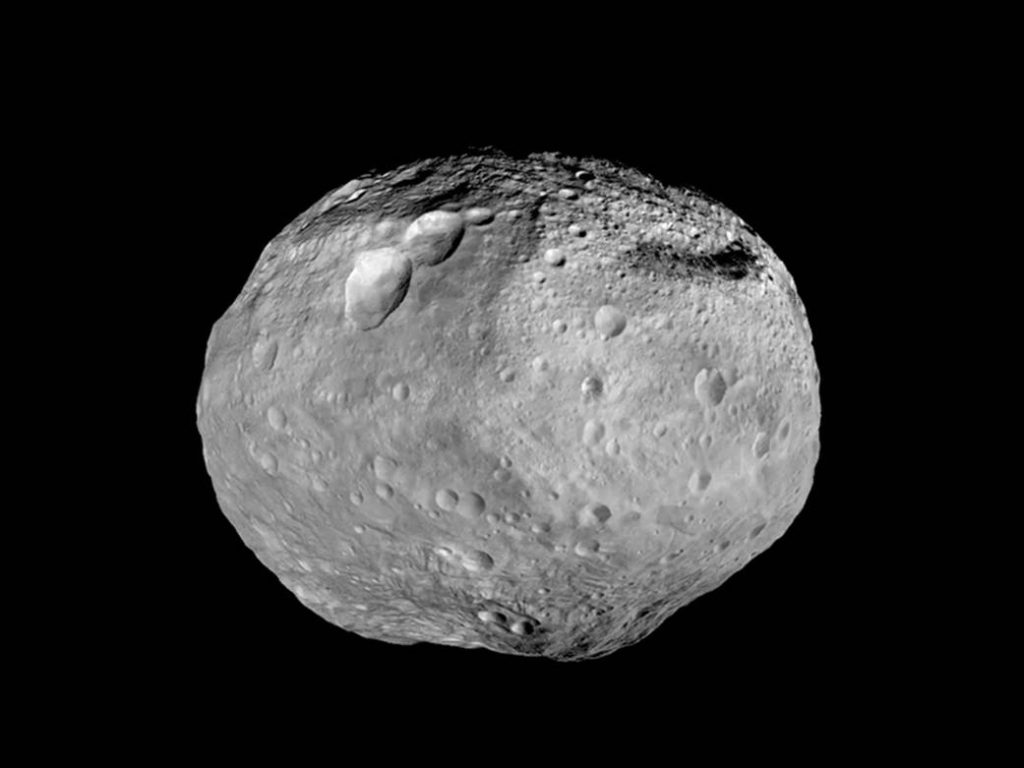
Vesta (4) rises around 10 pm in Libra at magnitude 7.

A Total lunar eclipse happens just before midnight on the 13th. The partial phase starts at 10:09 pm (Tucson time; 01:09 am on the 14th EDT, UTC – 7), followed by totality from 11:26 pm on the 13th to 12:32 am on the 14th. The partial phase ends at 1:48 am on the 14th.


